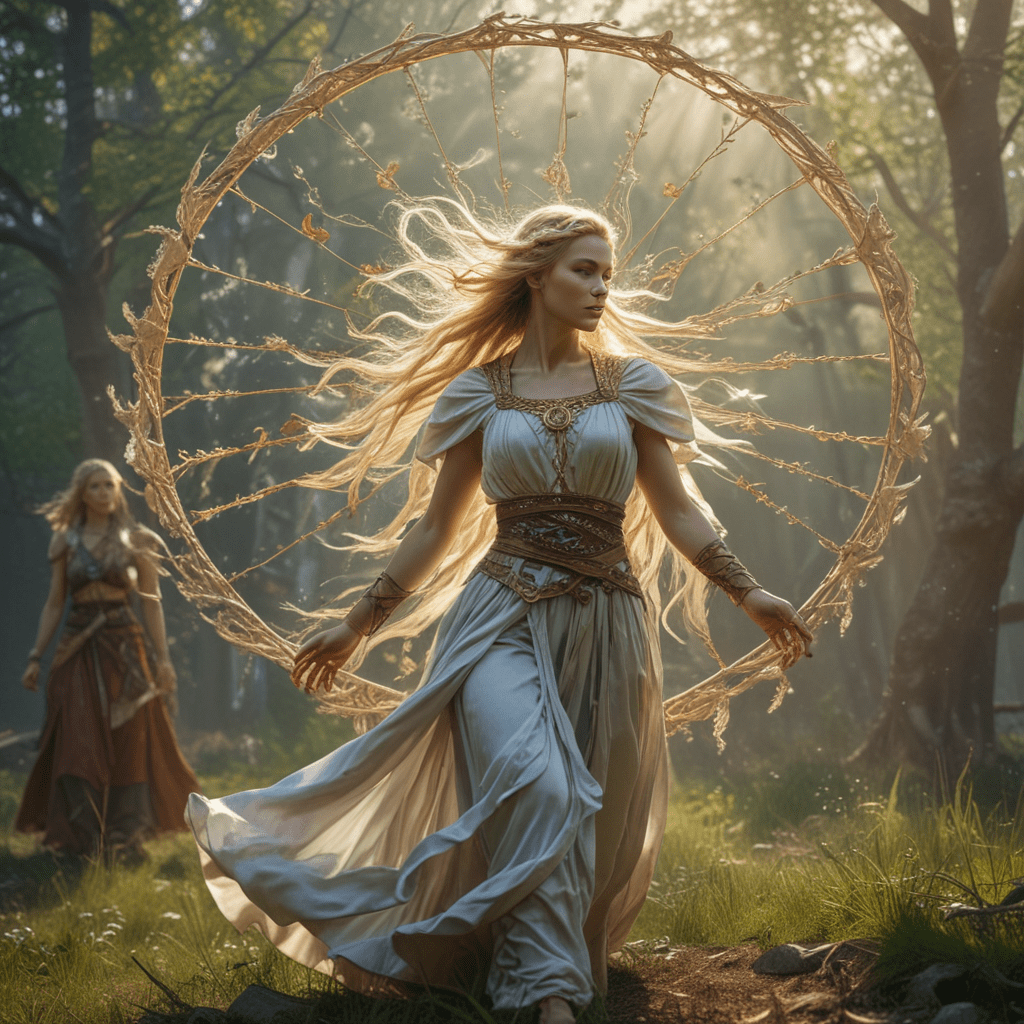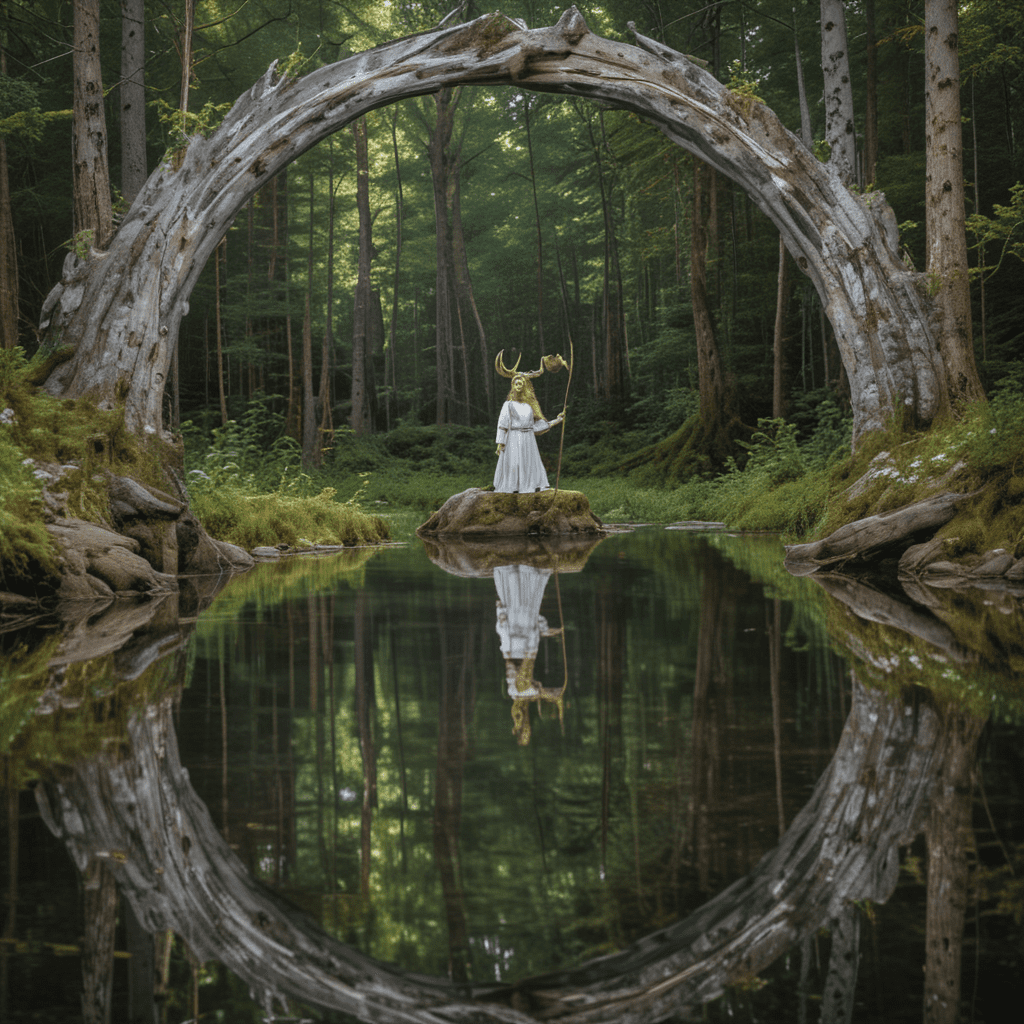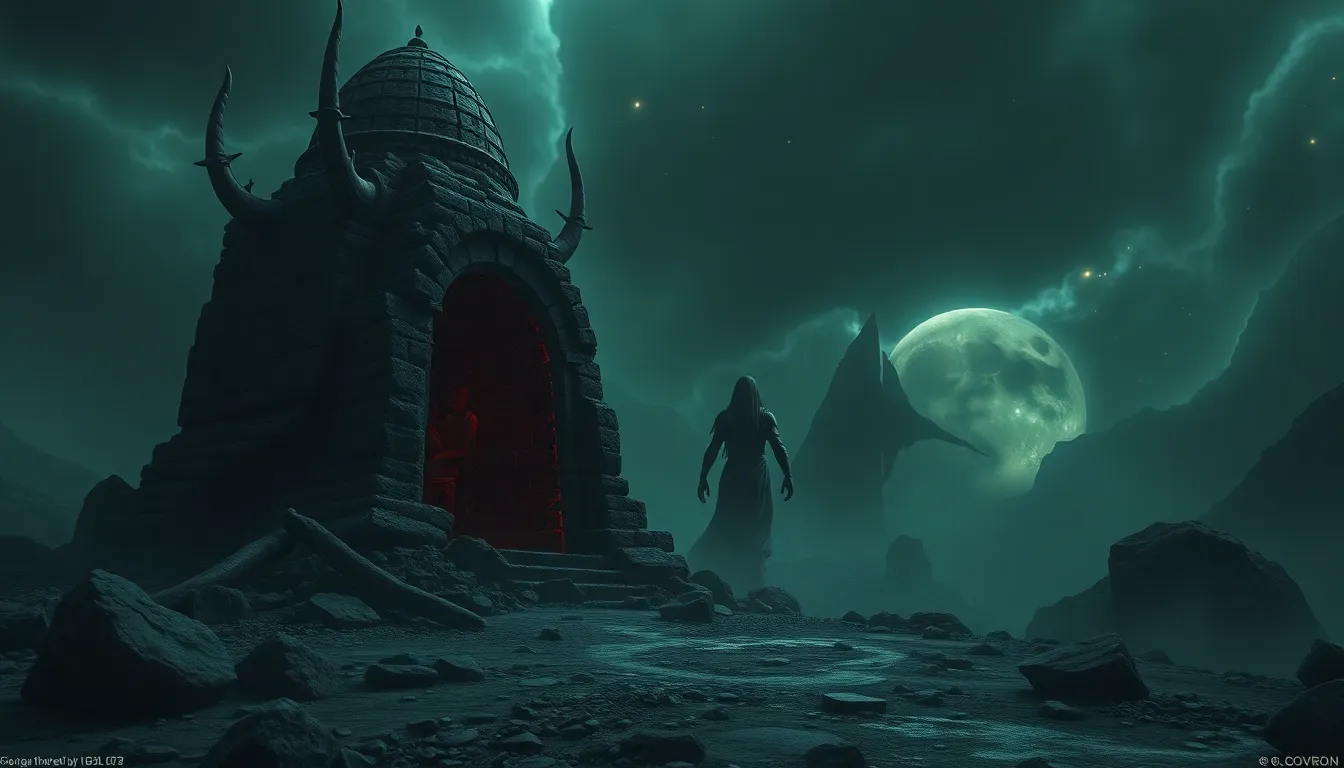Beings of the Wind in Slavic Mythology
The Slavs, an ethno-linguistic group native to Central and Eastern Europe, possess a rich and vibrant mythology filled with captivating beings and tales. Among these are the beings of the wind, ethereal entities that personify the power and mystery of the unseen force.
I. Overview
In Slavic mythology, the wind is perceived as a sentient force with its own will and emotions. It can be capricious and unpredictable, bringing both good and evil. The Slavs believed that the wind carried messages, both from the natural world and from the supernatural realm. As such, they held a deep respect for the wind and often sought to appease it or harness its power.
II. The Wind and Its Importance
The wind played a significant role in Slavic culture and daily life. It was crucial for agriculture, bringing rain and pollination. Sailors and merchants relied on the wind to guide their boats. The wind was also believed to possess healing properties and was invoked in traditional healing practices. Its ability to carry seeds and pollen symbolized fertility and new beginnings.
III. Deities of the Wind
The Slavs recognized several deities associated with the wind. Stribog was the supreme god of the wind and the heavens, venerated as the ruler of the skies. His presence brought good fortune and harvests, but his wrath could cause storms and destruction. Other wind deities included: Pokhvist, the god of whirlwinds; Porevit, the god of warm southern winds; and Viy, the god of cold and death.
IV. Wind Spirits
In addition to deities, the Slavs believed in a host of wind spirits that inhabited the natural world. These spirits could be both benevolent and malevolent. The Slavic word "vĭlĭnĭ", meaning "wind spirits", referred to creatures with supernatural abilities that could control the weather and even transform themselves into various forms.
VI. The Wind and Human Life
The wind was believed to have a profound impact on human life in Slavic mythology. It could bring good luck, fertility, and prosperity. Conversely, strong winds could signal bad luck, illness, or even death. Certain winds were associated with specific seasons or weather conditions, each carrying its own set of beliefs and rituals.
VII. Wind Charms and Protection
To protect themselves from harmful winds or to attract favorable ones, the Slavs employed various charms and protective measures. These included amulets adorned with wind symbols, prayers, and offerings to wind deities. Specific plants, such as willow or birch, were believed to possess the power to ward off evil spirits carried by the wind.
VIII. The Wind in Folk Tales
The wind figures prominently in Slavic folk tales, often as a messenger or a symbolic force. In one tale, the North Wind kidnaps a beautiful maiden, representing the harshness of winter. Another tale depicts the Wind as a benevolent spirit that helps a lost traveler find his way home, symbolizing the wind's guiding and protective power.
IX. Modern Interpretations of Wind Beings
In contemporary Slavic culture, the beings of the wind continue to inspire writers, artists, and musicians. Modern interpretations often draw on ancient myths and beliefs while infusing them with new meanings and perspectives. These representations reflect the enduring fascination with the power and mystery of the wind.
X. Conclusion
The beings of the wind in Slavic mythology represent the embodiment of an unseen force that has shaped human imagination and culture for centuries. From deities to spirits to symbolic messengers, these entities embody the power, mystery, and importance of the wind in Slavic folklore and beliefs. Their legacy continues to inspire and captivate, connecting the past with the present and enriching our understanding of the natural world.
FAQ
1. Were wind beings always viewed as benevolent in Slavic mythology?
No, wind beings could be both benevolent and malevolent. Some were believed to bring good luck and fertility, while others could cause storms and destruction.
2. How did the Slavs protect themselves from harmful winds?
The Slavs used various charms and protective measures, such as amulets, prayers, offerings, and specific plants believed to ward off evil spirits carried by the wind.
3. Do wind beings still play a role in modern Slavic culture?
Yes, wind beings continue to inspire writers, artists, and musicians, reflecting the enduring fascination with the power and mystery of the wind in Slavic culture.



